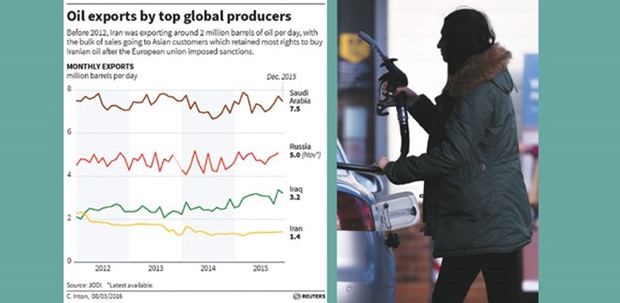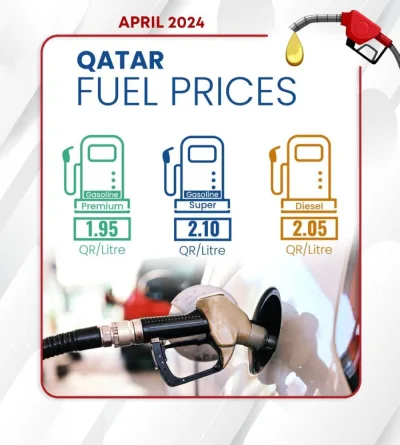The oil market may be starting to rebalance as US production shows signs of declining and output in Nigeria and Kurdistan is disrupted, potentially shrinking the global oversupply, according to Goldman Sachs Group Inc.
“Storage constraints and a still large oversupply in coming months will continue to keep prices in a trendless and volatile range,” Goldman analysts including Damien Courvalin wrote in a report dated March 11. The bank expects oil to trade between $25 to $45 a barrel in the second quarter of this year, compared with a range of $20 to $40 in the first three months.
Oil has rallied from a 12-year low last month amid speculation that falling US output will reduce stockpiles, which remain at the most in more than eight decades. While US shale drillers have idled more than two-thirds of the country’s oil rigs in the past 17 months, Goldman expects US supplies to continue to rise through April, potentially sending prices “sharply lower” in the coming weeks.
“As we do not expect growth from Opec and Russia after 2Q and given our expectation for resilient demand growth, our confidence that stocks will draw in 2016 if prices remain low is rising,” the analysts wrote. The risk of crude storage hitting capacity declines as inventories shrink, they said.
US crude stockpiles rose by 3.9mn to 521.9mn in the week before last, the highest level since 1930, and production held near the least since November 2014, data from the Energy Information Administration on Wednesday. The nation’s output will drop to its lowest since 2013 next year as battered shale drillers idle rigs to conserve cash, the EIA said in its monthly Short-Term Energy Outlook on Tuesday.
Goldman reduced its 2017 oil forecast to $57 a barrel from $60 to reflect the smaller required US production growth this year.
Oil prices may have passed their lowest point as shrinking supplies outside Opec and disruptions inside the group erode the global surplus, the International Energy Agency said on Friday. Supplies from non-Opec producers will decline by 750,000 bpd this year, or 150,000 bpd more than estimated last month, the agency said.
Declines in production have been helped by disruptions in Kurdistan and Nigeria, which are expected to remain curtailed through April, according to Goldman, predicting bigger cuts to non-Opec output if prices stay below $40 a barrel.
Within Opec, production is expected to be price sensitive this year, with Southern Iraq forecast to pump less as new projects are scaled back unless crude prices move higher to encourage investments, the analysts said. While Saudi Arabia and Russia reached an agreement last month to cap output at peak levels, only a small growth in production was expected this year from both nations, so any freeze accord will have a “negligible impact” on the oil balance, they said.
Boom built on junk debt sees $19bn default wave
Investors are facing $19bn in energy defaults as the worst oil crash in a generation leaves drillers struggling to stay afloat, Bloomberg reported.
The wave could begin within days if Energy XXI Ltd, SandRidge Energy Inc and Goodrich Petroleum Corp fail to reach agreements with creditors and shareholders. Those are three of at least eight oil and gas producers that have announced missed debt payments, triggering a countdown to default.
“Shale was a hot growth area and companies made the mistake of borrowing too much,” said George Schultze, founder and chief investment officer of Schultze Asset Management in New York, which has been betting against several distressed energy companies. “It’s amazing that so many people were willing to lend them money. Many are going to file for bankruptcy, and bondholders and equity are going to get wiped out en masse.”
Bondholders are paying dearly for backing a shale boom that was built on high-yield credit. Since the start of 2015, 48 oil and gas producers have gone bankrupt owing more than $17bn, according to law firm Haynes and Boone.

A driver holds a fuel nozzle as she prepares to refuel her car with diesel at an Esso gas station, operated by Exxon Mobil Corp, in Guildford, UK. Oil has rallied from a 12-year low last month amid speculation that falling US output will reduce stockpiles, which remain at the most in more than eight decades.


